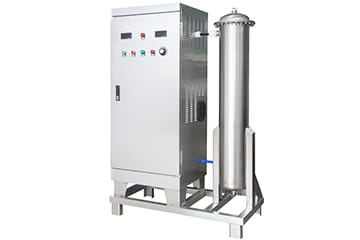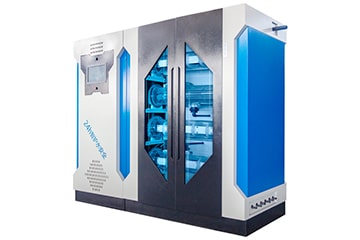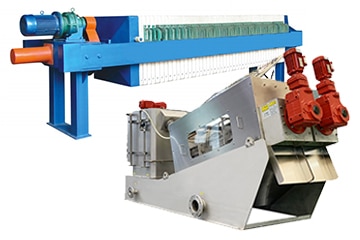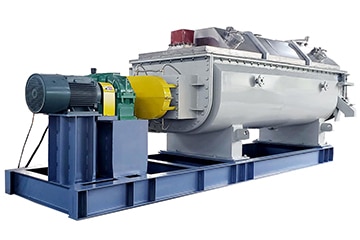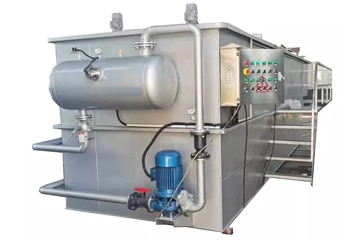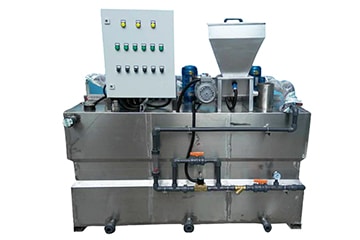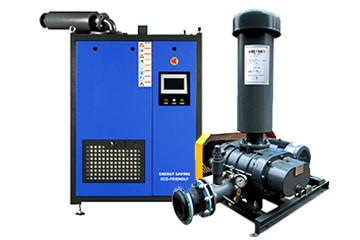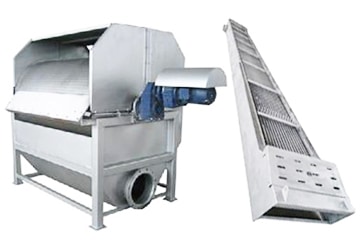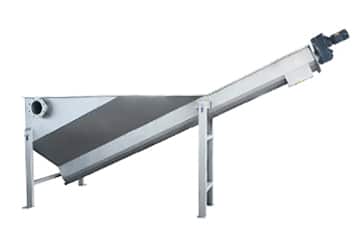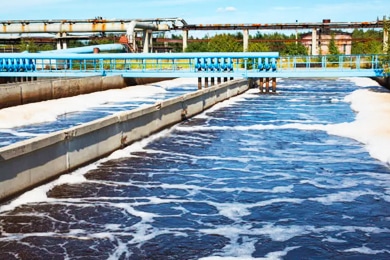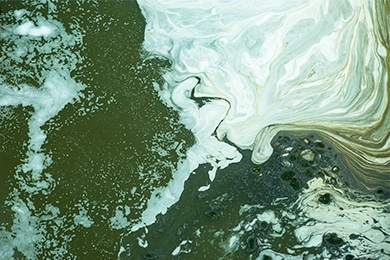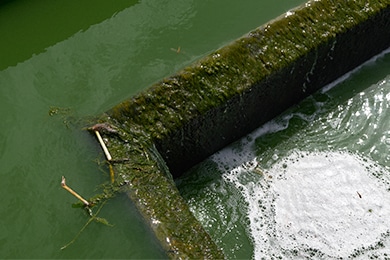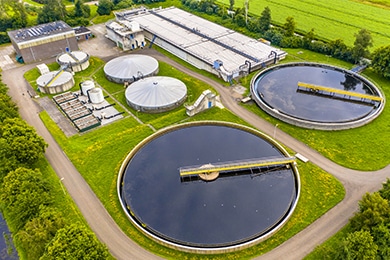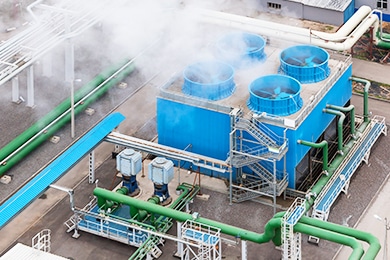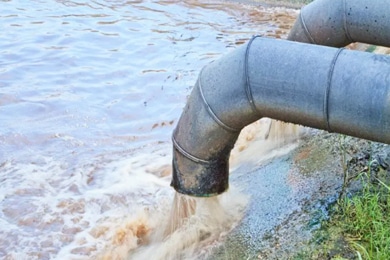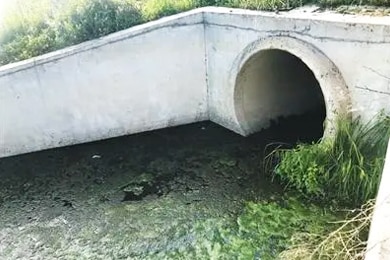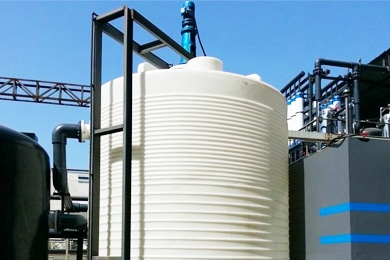Disinfection System
KUOSI provides disinfection solutions for municipal, industrial and recreational water applications. Our full range of disinfection technologies includes analyzers and process controllers, ozone generator systems, sodium hypochlorite generation systems and more. We offer solutions to meet virtually any disinfection need, large or small, and have an experienced sales and customer support team to help meet any challenge.
Water treatment disinfection systems use chemical methods to attack and eliminate bacteria (fungi, bacteria) and viruses. The processes of these systems are different from preservatives, which do not allow microbial material to spread by various means without destroying them completely. Water disinfection is an essential element in the production of high quality water, which can be used for reproduction or other purposes.
Application
- Rainwater Treatment
- Wastewater Treatment
- Groundwater
- Surface Water
- Seawater Desalination
- Reverse Osmosis

